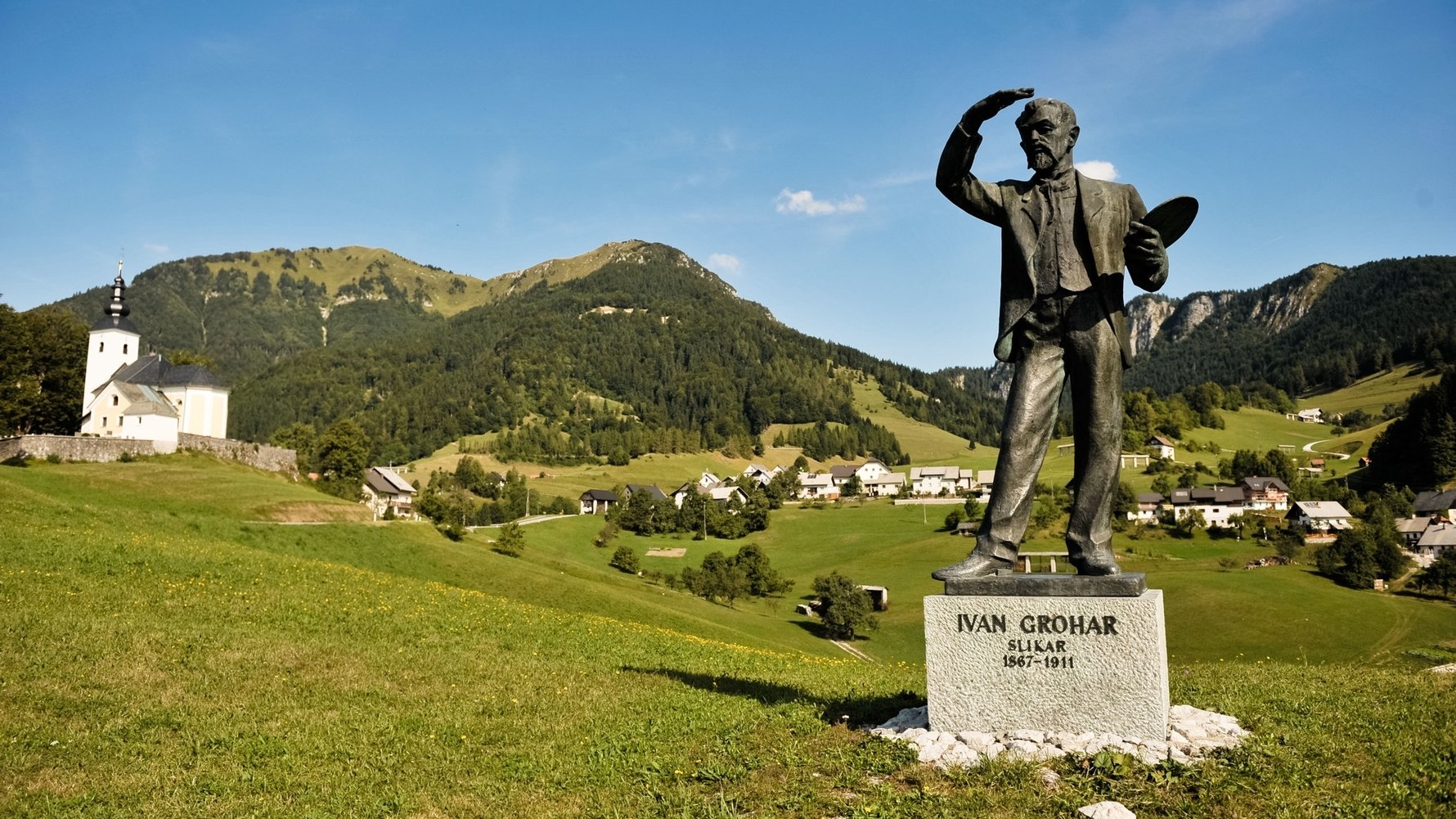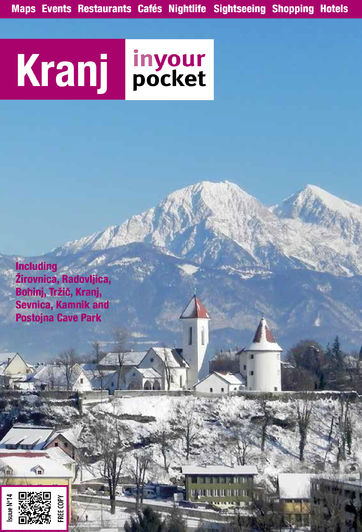Born in 1867 in the picturesque hillside village of Spodnja Sorica, which now lies in the municipality of Železniki, Grohar demonstrated a keen interest in art at a young age, but was only able to pursue his passion in fits and starts after being orphaned and left in the care of the state.
His first break came in 1888, when he was able to spend the summer working in the town of Škofja Loka with a local church painter, which led to a further opportunity in Zagreb shortly thereafter. Then, after briefly being conscripted into the Austro-Hungarian Army, deserting and serving a short prison term, Grohar continued his studies in Graz with financial assistance from the state. After graduating he opened his own atelier in Škofja Loka and befriend Richard Jakopič, who is largely considered the founder of Slovene Impressionism.

Over the next decade, Grohar and the other core member of the movement enjoyed increasing success and exhibited their works in cities across Europe, including Vienna, Belgrade, London, Krakow, Warsaw, Trieste and Berlin. However, Grohar was never able to escape financial difficulties, and finally succumbed to tuberculosis just before embarking on a trip to Italy in 1911. Today, his most recognisable works - including the Sower, which is also enshrined on the five cent Euro coin - can be found in the National Gallery in Ljubljana.
The house Grohar's family lived in is now a protected cultural site, with a small museum and gallery dedicated to the artist on the ground floor. The place is managed by respected local artist Miro Kačar, who, along with the help of his son, runs very popular painting and music workshops for both children and adults on the house's upper floors.



Comments